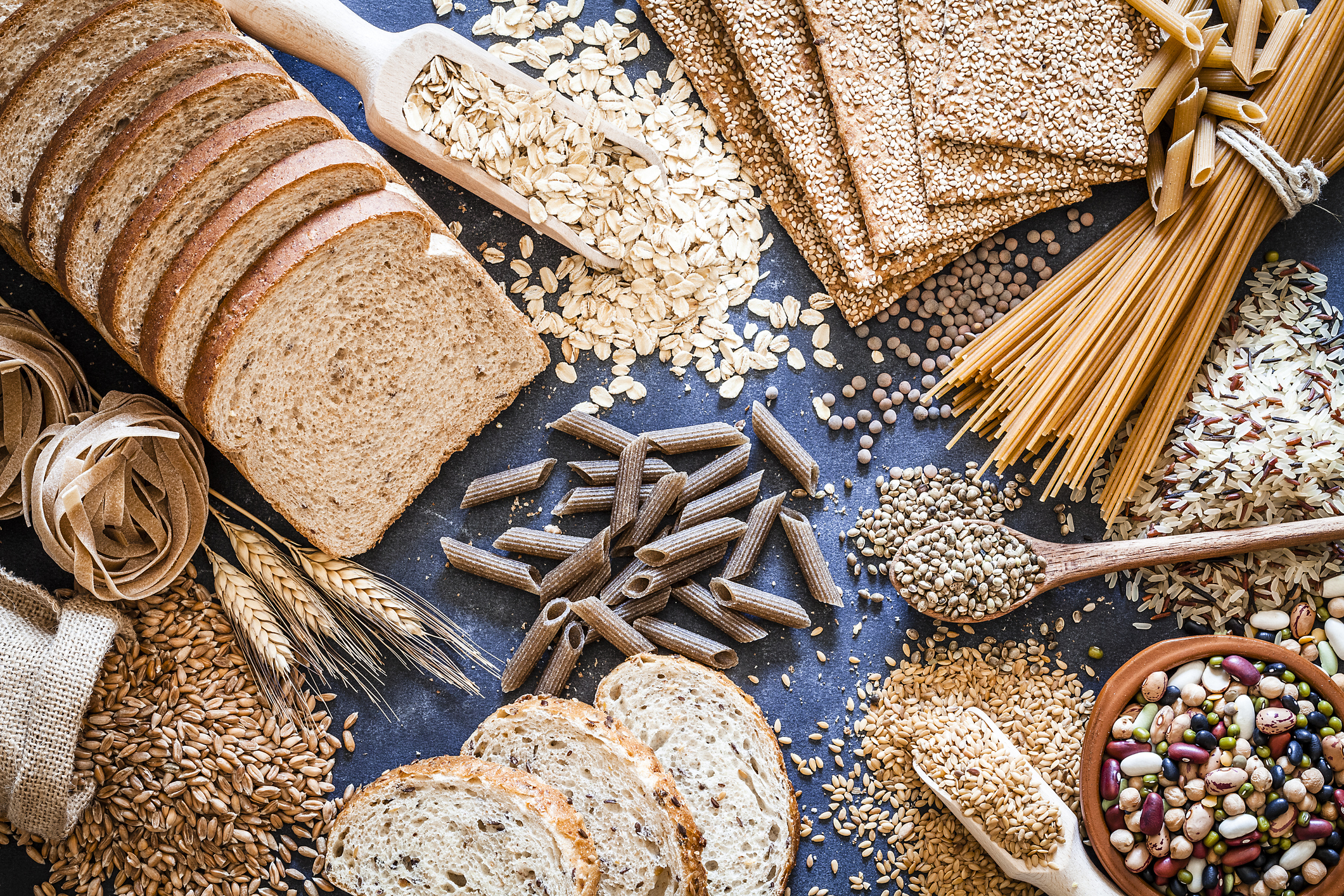
How and why to add more whole grains to your diet
2 minutes
You may have heard that you should eat more whole grains. But knowing exactly what a whole grain is can be confusing. Here’s a look at what they are and how to find them.
What is a whole grain?
Foods made from wheat, rice, oats, cornmeal, barley or other cereal grains are categorized as grain products. That includes bread, pasta, cereal and grits. Some of these products are whole grains, while others are refined grains.
Whole grains are made up of the entire grain kernel—bran, germ and endosperm. Refined grains, like enriched breads and white rice, contain only the endosperm.
You know a food is a whole grain when you see the words whole grain in the ingredient list. Note that terms like multigrain, stone-ground, 100% wheat and cracked wheat do not necessarily mean that the food is whole grain. Also, just because a food is brown doesn’t mean it is whole grain. The color may come from molasses or another added ingredient.
Why is a whole grain good for you?
Eating the bran and germ helps keep your body healthy, your skin glowing and your hair shiny. Whole grains can help cut your chances of getting heart disease, diabetes and some types of cancers.
Whole grains also can help with digestion and weight management. Because they are good sources of fiber, they help you feel fuller with fewer calories.
How to get more whole grains in your diet
Most Americans eat enough grains, but not many get enough whole grains. The amount you need depends on many factors. Check out the recommendations for you at myplate.gov/myplate-plan.
Aim to make at least half of the grains you eat whole grains. Below is a list of common whole grains. Have you tried them all?
- Barley
- Brown and wild rice
- Bulgur (cracked wheat)
- Corn and popcorn
- Oats
- Quinoa
- Whole-grain pasta, bread or cereal
Sources: Academy of Nutrition and Dietetics; American Heart Association; U.S. Department of Agriculture



